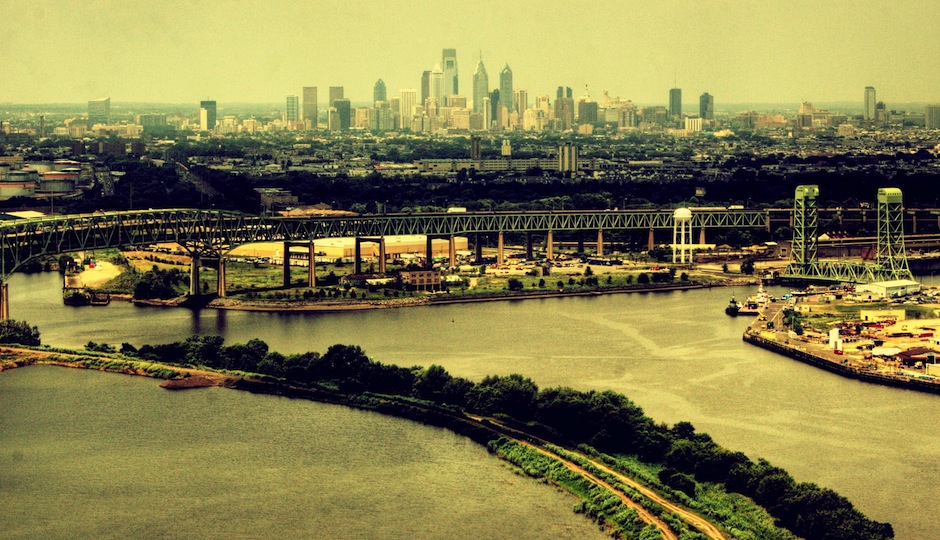Philadelphia Is #2 On Counties with Most Man-Made Environmental Hazards List

Photo credit: Vit Brunner via Flickr.
Since adding environmental hazard data to its already deep pool of information, RealtyTrac has gone ahead and sorted through its figures to publish a report ranking counties with the highest and lowest in man-made environmental hazards. As can be seen in the chart below, we’ve made it onto one of these lists, fairing at number two on “Top 50 Counties: Highest Prevalence of Man-Made Environmental Hazards.” Yikes.
Real estate-wise, hazardous counties appear to have lower median home values compared to the less hazardous markets. Yet interestingly, short-term home appreciation has been “stronger in the 50 housing markets with the highest prevalence” of hazards. Long-term price appreciation, though, has been weaker. More from RealtyTrac’s VP, Daren Blomquist:
“Not so surprising is that the most hazard-prevalent housing markets are much more populated than the least hazard-prevalent housing markets,” Blomquist continued. “However, this report demonstrates that prospective homebuyers don’t have to sacrifice potential environmental safety concerns to buy in a market with ample jobs that are relatively well-paying — and where home prices have steadily appreciated over the long term.
The report factors in real estate trends (“median home values, one-year, five-year and 10-year home price appreciation”), unemployment rates, median household incomes in each market, and five hazards: air quality, number of Superfund sites, number of brownfield sites, polluters, and the amount of former drug labs per square mile.
Philadelphia ranked second on the list, right below St. Louis, Missouri, with up to 3.9 miscellaneous environmental hazards per square mile and other elements keeping us from being the greenest city in America.
Counties with the least hazards included Deschutes County, Oregon; Saint Louis County, Minnesota; Saint Lawrence County, New York, and Skagit County, Washington.


